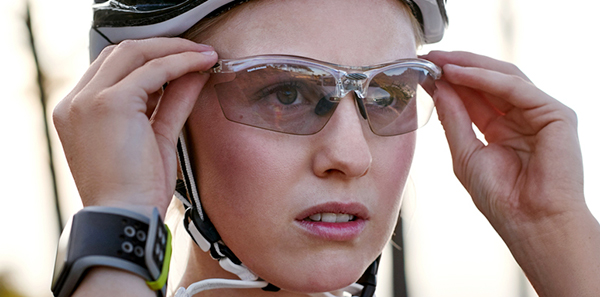1:30min

By Rhiannon Riches
Journalist
There is an argument for ocular protection in soccer.
According to Professor Stephen Dain, while sports that have a hazard based in the implements have been identified as high risk, ocular damage also occurs in large-ball sports due to ball impact and other impacts.
Sports like cycling and running, where the environment can pose a hazard, might benefit from a generic eye protection standard, he says.
Professor Dain is director of the Optics and Radiometry Laboratory, University of New South Wales. His review* of the prevalence of eye injuries in sports, and sports eyewear protective standards, has been published in the January 2016 issue of Clinical and Experimental Optometry.
The comprehensive 20-page report covers sports as diverse as fishing and paintball.
Professor Dain looks at the proportion of all ocular injuries that occur from sport activities. The relative frequencies in different sports are compared and the sports with greater numbers of ocular injuries are detailed.
He has drawn on the hierarchy of action for occupational risk and adapted it to use in a sports scenario. He delves into all the available international, regional and national standards on sports eye protection and compares their provisions.
‘Any eye protection standard needs to pay attention to the needs of participants for refractive correction. In this case, protection is the first priority,’ he wrote.
* Clin Exp Optom 2016; 99: 1: 4-23
______________________________
NEW for OPTOMETRY AUSTRALIA MEMBERS
Get easy, direct access to the Wiley Online Library website